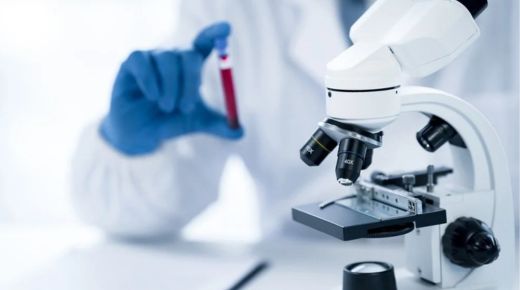Diagnostic imaging has transformed how we study infectious diseases. With advanced techniques, we can now see inside the body without surgery. This leap allows doctors to detect infections early and monitor their progress. Techniques like MRI and CT scans have become essential tools. For instance, in places like body imaging colorado, these technologies play a crucial role in diagnosing and managing diseases. The ability to visualize infections offers new insights and improves treatment strategies.
How Diagnostic Imaging Works
Diagnostic imaging involves various methods that create images of the body. These images help doctors understand what is happening inside. For infections, this means spotting inflammation, abscesses, or structural changes. Common imaging methods include:
- X-rays, which capture images of bones and some internal organs.
- MRIs, which use powerful magnets to produce detailed images of soft tissues.
- CT scans, which combine X-rays and computers to create cross-sectional images.
Advantages of Diagnostic Imaging in Infectious Diseases
Using imaging techniques for infectious diseases offers key advantages:
- Early Detection: Imaging can reveal infections before symptoms become severe.
- Non-Invasive: It reduces the need for exploratory surgery.
- Monitoring: Track the effectiveness of treatments over time.
By using these tools, healthcare providers can better assess the spread and impact of infections. This leads to more tailored treatments and better outcomes.
Comparison of Imaging Techniques
Each imaging technique has its strengths and is suited for different scenarios. Here’s how some of the main types compare:
| Technique | Best For | Limitations |
| X-ray | Bone infections, chest infections | Limited soft tissue detail |
| MRI | Brain infections, soft tissue details | Time-consuming, expensive |
| CT Scan | Abdominal infections, lung detail | Radiation exposure |
Real-World Applications
Diagnostic imaging plays a role in managing many infectious diseases. For instance, tuberculosis diagnosis often involves chest X-rays to identify lung involvement. MRIs are crucial in diagnosing central nervous system infections. CT scans can assess complex abdominal infections. These tools are not just limited to hospitals but are also accessible in specialized centers.
For more information on how diagnostic imaging assists in handling infectious diseases, visit CDC’s National Center for Health Statistics.
Future of Diagnostic Imaging
The future of diagnostic imaging is promising. Researchers are exploring new technologies like molecular imaging, which could offer even more detailed insights into infections at a cellular level. These advancements might improve early detection and personalize treatment plans even further.
Continued investment in imaging technology and training for healthcare professionals is crucial. As understanding improves, so will our ability to diagnose and treat infectious diseases effectively.
To learn more about ongoing research and advancements, consider visiting resources like NIH Research Matters.
Conclusion
Diagnostic imaging has significantly impacted the study and management of infectious diseases. By providing clear, detailed images of the body’s internal workings, these technologies help in early detection and monitoring. As the field continues to evolve, the potential for even greater healthcare advances remains strong. Embracing these tools will enable healthcare providers to offer better care and improve patient outcomes.

